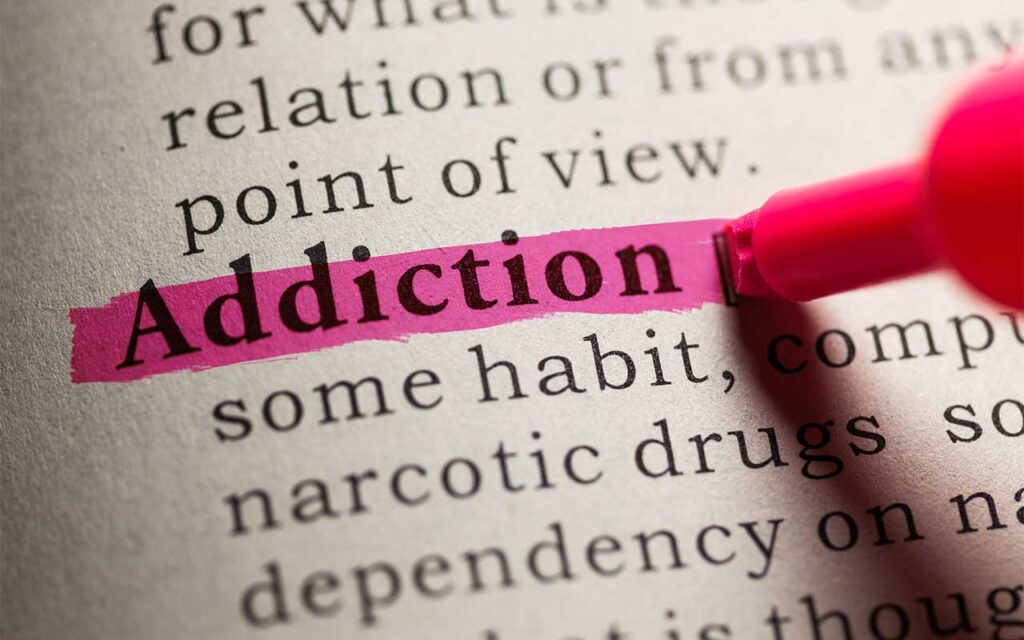In recent years, the consumption of adult movies has emerged from the shadows of taboo into a subject of open discussion and analysis. With the internet’s expansion, accessing such content has become easier, leading to a rise in viewership across diverse demographics. However, as consumption increases, so do concerns about potential addiction and its consequences.
This blog post aims to dissect the complex relationship between adult movie watching, psychological impacts, and addiction, offering insights into when a seemingly harmless activity crosses the line into problematic behavior.
Addiction: What Defines it?

Source: recoveringchampions.com
Addiction is characterized by compulsive engagement in rewarding stimuli, despite adverse consequences. It’s a multifaceted disorder, involving a complex interplay of genetic, psychological, and environmental factors.
Traditionally associated with substances like drugs and alcohol, the concept of dependency has expanded to include behaviors such as gambling, and significantly, the consumption of adult movies.
The core of addiction lies in the brain’s reward system, where the pursuit of pleasure leads to a cycle of reinforcement that can hijack an individual’s ability to exert self-control and make healthy choices.
The Psychology Behind Adult Movie Consumption
The allure of adult movies can be attributed to natural human curiosity and the pursuit of pleasure. Psychologically, these films offer an escape, a safe space to explore fantasies and desires without judgment or risk.
This consumption can serve as a temporary relief from stress, loneliness, or self-esteem issues, providing an immediate but fleeting sense of satisfaction.
However, when used as a primary coping mechanism, it can lead to a dependency where the line between use and abuse begins to blur, demonstrating the intricate dance between psychological needs and potential addiction.
If you’re eager to dive deeper into the subject we encourage you to learn more.
Warning Signs: When Does it Cross the Line?
Recognizing the transition from casual consumption to addiction involves observing key behavioral changes. Warning signs include spending excessive time watching adult movies, isolation from friends and family, neglect of responsibilities, and continued use despite negative consequences.
When the activity becomes a central focus, interfering with daily functioning and relationships, it has likely crossed into the realm of dependency.
This shift marks a critical point where the pleasure derived from watching becomes less about enjoyment and more about coping with underlying psychological distress.
Impact on Relationships and Intimacy
The ripple effects of adult movie addiction extend into the personal realm, particularly impacting relationships and intimacy. The unrealistic portrayals in these films can skew perceptions of sex, leading to unrealistic expectations and dissatisfaction in personal relationships.
The secrecy and shame associated with dependency can foster mistrust and distance between partners, while the preference for virtual over real-life intimacy can erode the foundation of romantic connections, highlighting the profound impact on interpersonal dynamics.
Escapism vs. Addiction: Drawing the Line

Escapism vs. Addiction in porn
Distinguishing between escapism and addiction is crucial in understanding adult movie consumption. Escapism, a temporary retreat from reality, becomes dependency when escape is no longer a choice but a necessity.
The key difference lies in control; escapism is an occasional diversion, while addiction is characterized by compulsive behavior and loss of control. Recognizing this distinction is vital in identifying problematic patterns and seeking help before they escalate into full-blown dependency.
Effects on Mental Health and Well-being
The consequences of adult movie addiction on mental health are profound. It can lead to anxiety, depression, low self-esteem, and a distorted body image.
The cycle of shame and guilt associated with addiction exacerbates these issues, creating a feedback loop that can deepen the psychological impact.
The isolation that often accompanies this addiction further alienates individuals from potential support systems, highlighting the importance of addressing mental health implications in the context of recovery.
Physical Health Risks and Consequences
Beyond psychological effects, adult movie addiction can pose significant physical health risks. These include sexual dysfunction, a disconnect from real-life sexual experiences, and potential engagement in risky behaviors.
The physical toll also encompasses the indirect effects of a sedentary lifestyle, such as obesity and cardiovascular issues, which can arise from excessive consumption. Acknowledging these risks is crucial in comprehending the full scope of addiction’s impact.
Coping Mechanisms and Treatment Options
Addressing adult movie addiction requires a multifaceted approach, incorporating both psychological support and practical coping mechanisms.
Treatment options include therapy, such as cognitive-behavioral therapy (CBT), which helps individuals understand triggers and develop healthier coping strategies.
Support groups and addiction counseling can provide a community of understanding and accountability, while mindfulness and stress management techniques can help in regaining control over impulses, showcasing the range of available strategies for overcoming addiction.
Social Implications: Stigma and Support

Source: cfhh.ca
The stigma surrounding adult movie addiction complicates the path to recovery, often deterring individuals from seeking help due to fear of judgment.
Breaking down these barriers requires a societal shift towards understanding and empathy, recognizing addiction as a complex psychological issue rather than a moral failing.
Enhancing awareness and support can foster a more inclusive environment where those struggling feel safe to share their experiences and seek assistance, highlighting the role of societal attitudes in addressing addiction.
Recognizing and Addressing Harmful Patterns
Identifying and confronting harmful patterns early is key to preventing adult movie addiction from taking root. This involves being mindful of consumption habits, acknowledging when use becomes compulsive, and seeking support when needed.
Personal reflection, coupled with education on the signs of addiction, can empower individuals to make informed choices about their consumption, emphasizing the importance of proactive engagement in one’s mental health and well-being.
Conclusion: Navigating Healthy Consumption

Source: theconversation.com
Navigating the landscape of adult movie consumption requires a balanced approach, recognizing the fine line between casual use and addiction.
By understanding the psychological underpinnings, acknowledging the warning signs, and being aware of the impacts on mental and physical health, individuals can make informed decisions about their viewing habits.
Seeking help when needed and fostering open discussions about the challenges of addiction can lead to healthier patterns of consumption. Ultimately, the goal is not to demonize adult movies but to promote a healthy, informed approach to their consumption, ensuring that pleasure remains a positive force in our lives.



